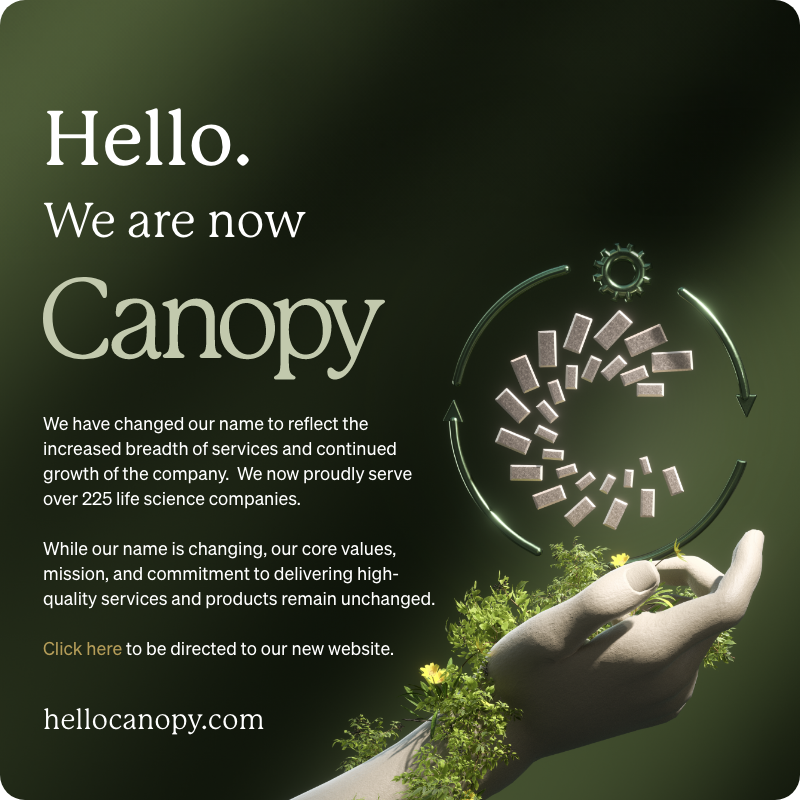Top 7 Questions to Ask Yourself Before Submitting That eCTD Application
Working in an eCTD consultancy is probably the best place to see a wide variety of quick mistakes and rather large faux pas from many different sources. Here are what we think are the top questions you need to ask yourself before sending in that eCTD application. I am going to list these questions in the order that they may be problematic to you once submitted.
1. Have you contacted the relevant agency?
You could have the most perfect dossier prepared and ready for review, but if the agency is not expecting it, what was the point of all your hard work? If you have to wait for the next window to submit, then that could mean a revenue loss of millions, probably not the kind of loss your company desires. You will also want to register for their portal or gateway in order to transmit the submission to them in the easiest and quickest method possible, portal transmission can be done in minutes, whereas physical dispatch can take days, days that are better spent on improving the quality of your dossier. Once in contact with the agency and you have an agency expected date, is it feasible to meet this? Below are some additional questions to ask.
2. Is your submission technically validated?
So you have an agreement with the agency, and you have the date on which the agency is expecting your submission. But an eCTD submission package needs to pass technical validation before the agency accepts it into their system; if this cannot be passed, the review will not even begin. So it is imperative that all the eCTD technical requirements have been adhered to, this responsibility falling to your submission publisher, manager or consultant. This should be done periodically throughout the submission compilation process to avoid a massive amount of document/submission fixing in the last hour.
3. Do you have the latest fillable forms?
Have you sourced the latest and correct versions of the electronic administrative forms? This is no longer the case for EMA cover letters, but there are still several forms that need to be sourced and filled out electronically and not physically signed and scanned. If these are not filled in correctly, they will be flagged as errors during the validation and rejected from the agency. To ensure you are using the latest forms, please seek the latest agency guidance. For the EMA, the eAF can be found here. For the FDA, forms can be found here.
4. Are you following the PDF specifications?
Are the documents that you are authoring in alignment with the PDF specifications? Not only should each leaf/document has a specific eCTD title applied and be placed into a specific location within the eCTD structure, but each of these leaves should adhere to a set of prerequisites that can change slightly per agency. The PDF must be of a certain version, have a fast web view applied, and even the links and bookmarks have their own properties that need to be applied. Luckily the team at ONIX has used their expertise to create a Word template plug-in that can take care of all of these prerequisites, but in the absence of a template, please be sure to source the latest PDF specifications. PDF specifications can be found in section 7 of the ICH eCTD Specification guideline.
5. Have hyperlinks and bookmarks been made to the correct destinations?
Hyperlinking is probably the most time exhaustive task available to a publisher, but this time is far increased if the hyperlinking has items that need querying. The citing of referenced content can largely be correct, but even with a few issues, a lot of time can be spent on resolution. This is because if the publisher cannot find the destination document/page, there is no way of knowing if the content is missing or whether just one of the numbers in the citation is a typo meaning that the publisher has no choice but to query this with the author, usually meaning a multiple email exchange, sometimes taking days to find the resolution. One of the easiest but probably most important rules of citing and hyperlinking is remembering that a link can only be made to one document. For example, if a citation is made referencing the 3.2.S substance section, a link will not be able to be made as there are many documents within the substance section. Again, using a template can automate a document's referencing and internal linking while the external linking would be taken care of by your submission publishers/managers/consultants. Get in touch if you want to know how we can tailor a template solution for you.
6. Is your metadata correct?
It’s annoying the amount of questions the submission publisher/manager asks about the detail of the submission? Why do they need to know? Why can’t they just publish the documents? Well, the reason lies in the previously mentioned technical validation. Suppose any part of the application metadata (submission number, applicant name and indication etc) or the sequence metadata (sequence number, submission type and description etc) are not present. In that case, these will be flagged as validation issues by the validation tool and thus not be accepted by the agency.
7. Are you using Lifecycle operators correctly?
The operators in question are “new”, “replace” and “delete”. If these are not applied correctly, it can be very misleading for a reviewer. For example, if you are not “replacing” the previous version of the label with the latest up-to-date version but instead add it as “new”, then all previously submitted labels will technically still be the live and current versions. This is probably not the impression you are trying to give the reviewer.
If you can answer all these questions with a confident and positive affirmation, you are most likely ready for dispatch. If you need any support or assistance with any of the steps listed above, then get in touch with the team of experts at ONIX.


